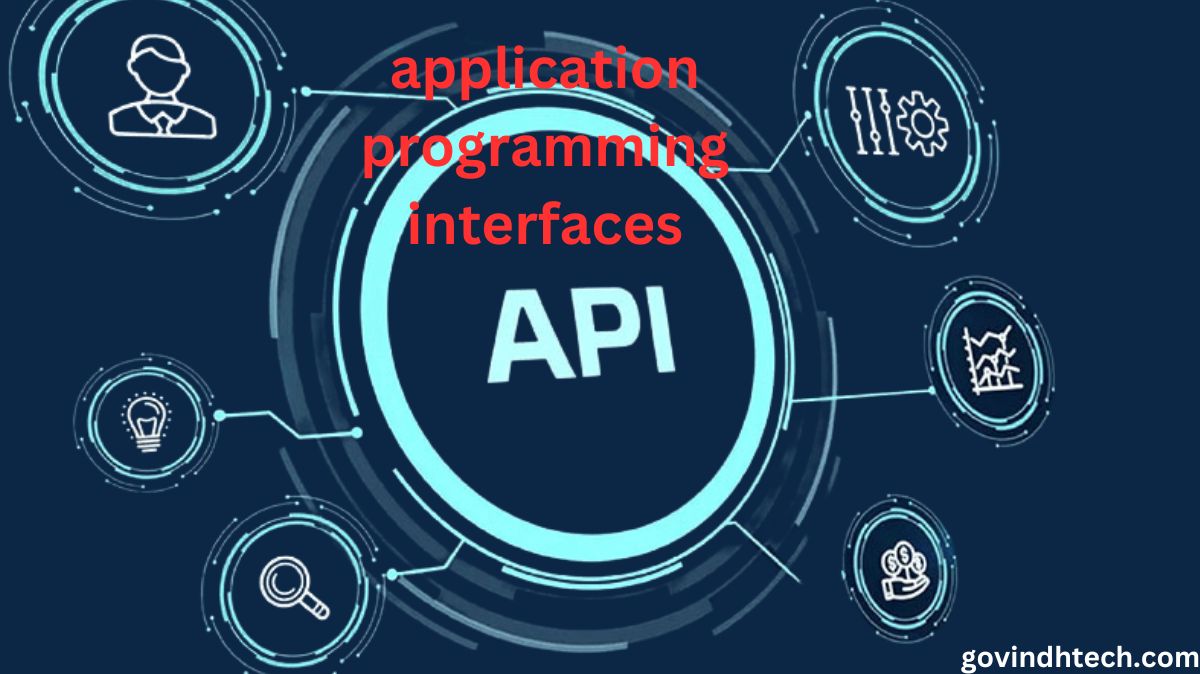Interoperability in the Military: Application Programming Interfaces as a Catalyst for Modernizations
Application Programming Interfaces, more often referred to as APIs, are powerful tools that support organizations in their efforts to address complex issues that call for the collaboration of a number of different technologies and devices. They act as bridges that connect various applications, data points, and platforms in order to construct systems that assist with the management of a wide range of issues, including the democratization of data and supply chain logistics. Application programming interfaces (APIs) are a mechanism by which the federal government may construct systems that can grow to meet the requirements of the mission.
APIs: An Explanation
A programming interfaces (API) is a programmable entry point into the digital environment of your firm. They provide the role of a digital interface, which enables websites, apps, and gadgets to have access to the data that serves their purposes. Organizations who wish to modernize their operations with higher degrees of interoperability and fewer data silos really need to prioritize the implementation of these. Application programming interfaces (APIs) are the gateways that allow this to happen when the same data has to be accessible across numerous devices and platforms.
Taking Efficiency to the Next Level with API Management
In a conventional process for coordinating activities across many systems, developers are required to construct a distinct channel for each and every potential device type and data type. In addition, each of those channels has to be maintained up to date with the most recent security requirements, which adds to the burden that this kind of system causes. Because of this, the management of these systems will surely become very difficult and expensive. Multi-system operations that do not have API management might be a barrier to development since every new technological solution that is implemented must fulfill the requirements of the mission.
The amount of resources that are required to maintain the channels that link each data and device type may be reduced by developers via the use of API management. The mediation of API traffic across all channels and the handling of quick changes to front-end and back-end systems are both handled by products such as Apigee. It does this by delivering a standardized application programming interface (API) to the applications that are consuming it, such as applications on a device. This API interface is divorced from the digital touchpoints that are present in back-end systems, such as the data that is created by software.
A further benefit is that developers are able to apply rules to all API traffic at the same time, which makes it much simpler to maintain system visibility and security. An application programming interface (API) management system has the potential to open up new data-driven opportunities for the public sector, particularly for organizations that are engaged in modeling, simulation, or digital twins.
API management is assisting the United States Air Force in accomplishing their objective
The Apigee front was previously used by the United States Air Force, or USAF, to promote the integration of various systems and to address some of the most difficult difficulties that they face.
The United States Air Force Rapid Sustainment Station (RSO) has been assigned with the difficult responsibility of ensuring the continued operation of the hundreds of aircraft that are stationed all over the world. Hundreds of data points provide factors that influence the decision-making process that is required to ensure that every aircraft is always ready for its mission.
Apigee was used by the United States Air Force Rolling Stock Organization (USAF RSO) in order to provide a more environmentally friendly ecosystem for aircraft maintenance. Through the use of application programming interfaces (APIs), they were able to effectively integrate a multitude of old United States Air Force (USAF) operations and logistics systems into a uniform dashboard for the F-15 fleet. Over the course of all United States Air Force equipment, this centralized system maintains hundreds of data points. As a component of RSO’s Project Lighthouse, this technology is contributing to the reduction of costs, the improvement of productivity, and the optimization of maintenance readiness.
The Transformation of the Air Force Pilot Training Program
A ground-breaking method for approaching the training of pilots had been adopted by the nineteenth-century Air Force through its Pilot Instruction The transformation (PTT) program, whose has used the Apigee system as its implementation. In the present, the total expense of training an incoming pilot for the federal Air Force was anywhere from one million dollars to eleven million dollars, depending on the kind of aircraft. The command used Apigee to develop a pilot training experience that was centered on the student and provided seamless access to information, instructors, and sophisticated technology.
This was done in order to reduce the costs associated with the training. In addition to bringing together learning management, testing and certification, flight simulators, and other related activities, it also makes these activities available across all of the devices that pilots use for training. The 19th Air Force PTT has included API integration into their curriculum in order to create a network of apps that are considered to be among the finest in their respective categories.



[…] TMF921 Intent-based Networking API was unveiled by TM Forum and provides a structured framework for specifying high-level network […]
[…] in the data science industry follows a conventional methodology:Databases, web crawling, and application programming interfaces (APIs) are among the numerous sources from which pertinent information is obtained during data […]
[…] Creators and providers: Using iPaaS development studios, developers and IT specialists create, construct, and present the fundamental building pieces, which include events, microservices, and application programming interfaces (APIs). […]